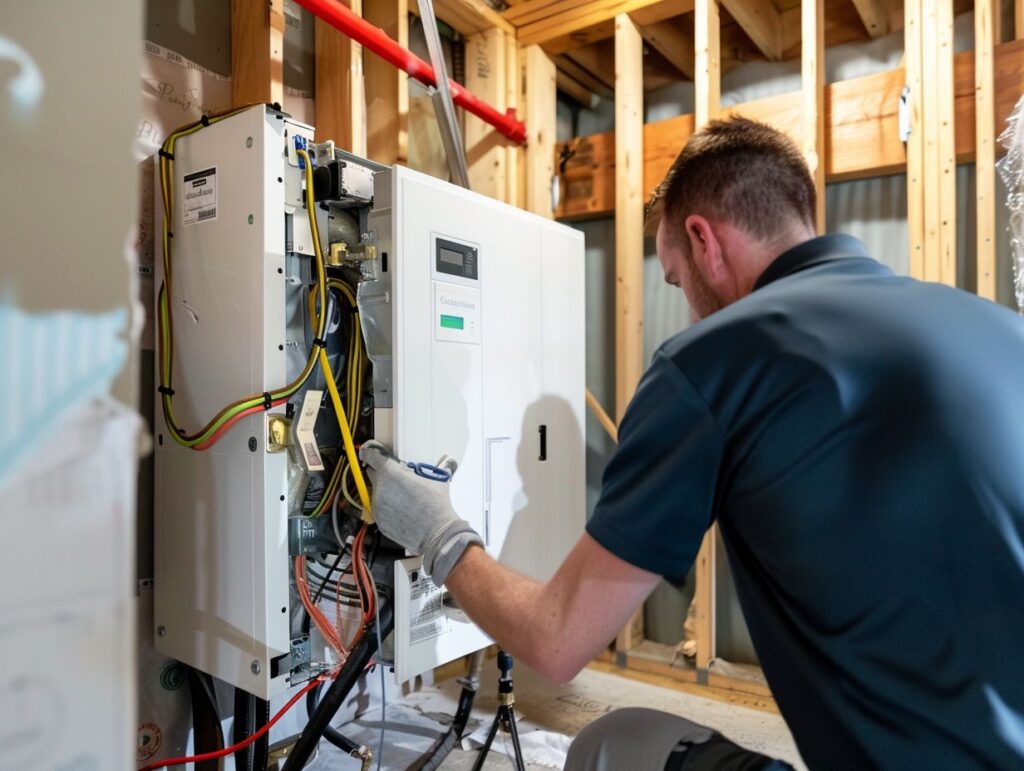Interested in learning about the installation costs of electric heating systems? This article offers an in-depth overview of the factors that influence installation costs, such as the type and size of the system, location and building requirements, as well as additional features and upgrades.
You will find a breakdown of the average costs associated with electric heating installation, along with cost-saving tips and strategies. If you are considering comparing electric heating to alternative options such as gas and oil heating, continue reading to gain further insights.
Key Takeaways:
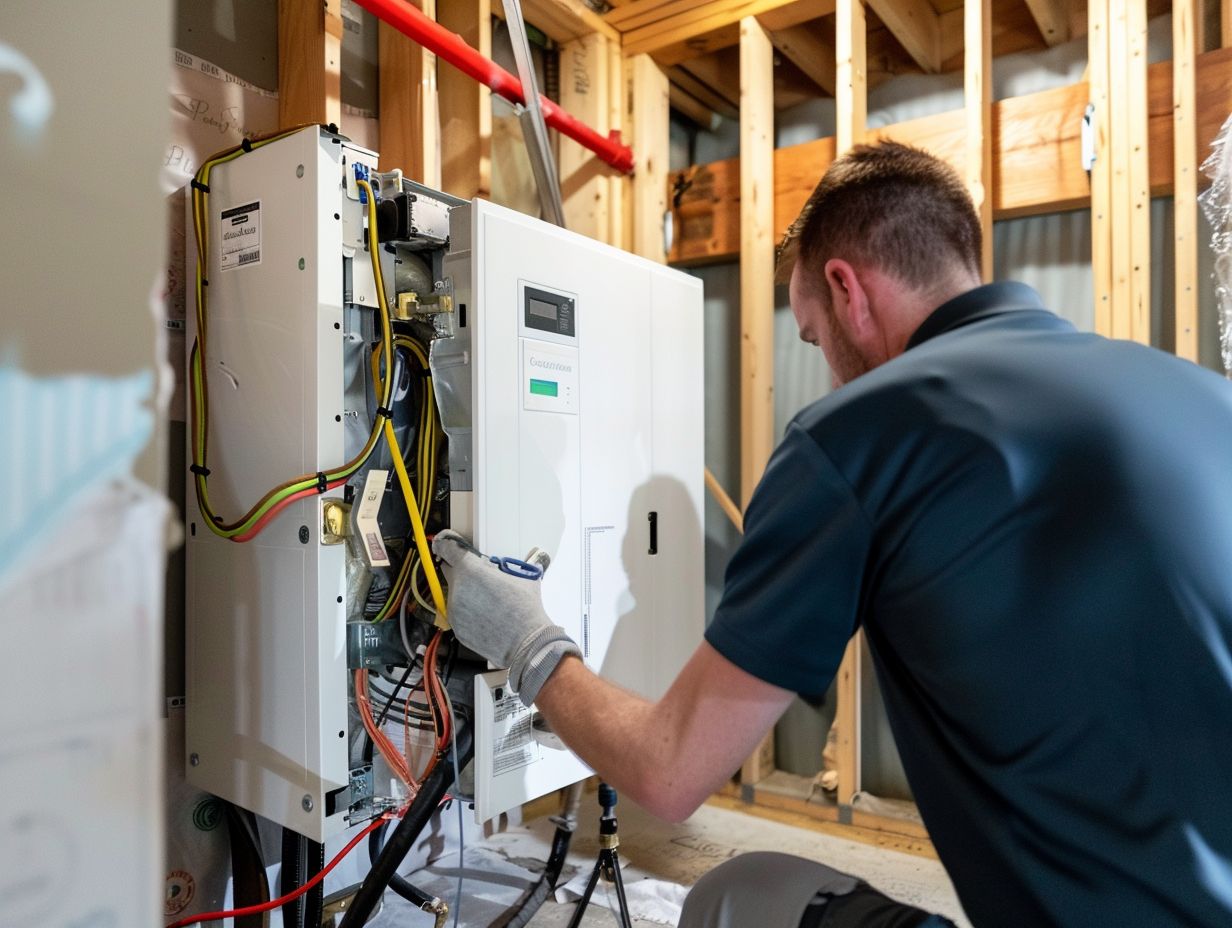
- The type and size of electric heating system, location, and additional features can greatly affect the installation costs.
- On average, electric heating installation costs can range from $2,500 to $7,000, with expenses broken down into equipment, labor, and other fees.
- To save on electric heating installation costs, consider cost-saving tips and compare the costs with other heating options like gas and oil heating.
Factors Affecting Installation Costs
Several factors influence the installation costs of electric heating systems. These include the type and size of the system, as well as the location and specific building requirements.
The need for additional features and upgrades can impact the overall cost. Consulting with a qualified electrician is crucial for proper installation and integration of heating controls.
The type of electric heating system chosen plays a significant role in determining installation costs. For example, radiant floor heating systems may require more complex installation processes compared to baseboard heaters.
Property considerations, such as the layout and structure of the building, also affect costs. Professionals consider factors like insulation levels and existing electrical infrastructure to provide accurate estimates.
The availability of skilled labour in the area can influence service charges. It’s essential to factor in both material and labour costs when planning for an electric heating system installation.
Type and Size of System
The type and size of your electric heating system play a significant role in determining installation costs. Larger systems with more radiators or heat output may require additional components and labour for installation.
It is essential to consult with an electrician to ensure your system is sized correctly and efficiently meets the heating needs of your property.
By understanding the specific heating elements required for your particular system size, such as baseboard heaters or radiant floor heating, you can better grasp the overall installation complexity and cost implications.
Efficiency considerations, like the energy rating of the system and how well it can distribute heat evenly throughout the space, also impact installation costs.
Factors such as the layout of your property and any existing infrastructure that needs modifications for the new system are crucial aspects to evaluate before embarking on the installation process.
Location and Building Requirements
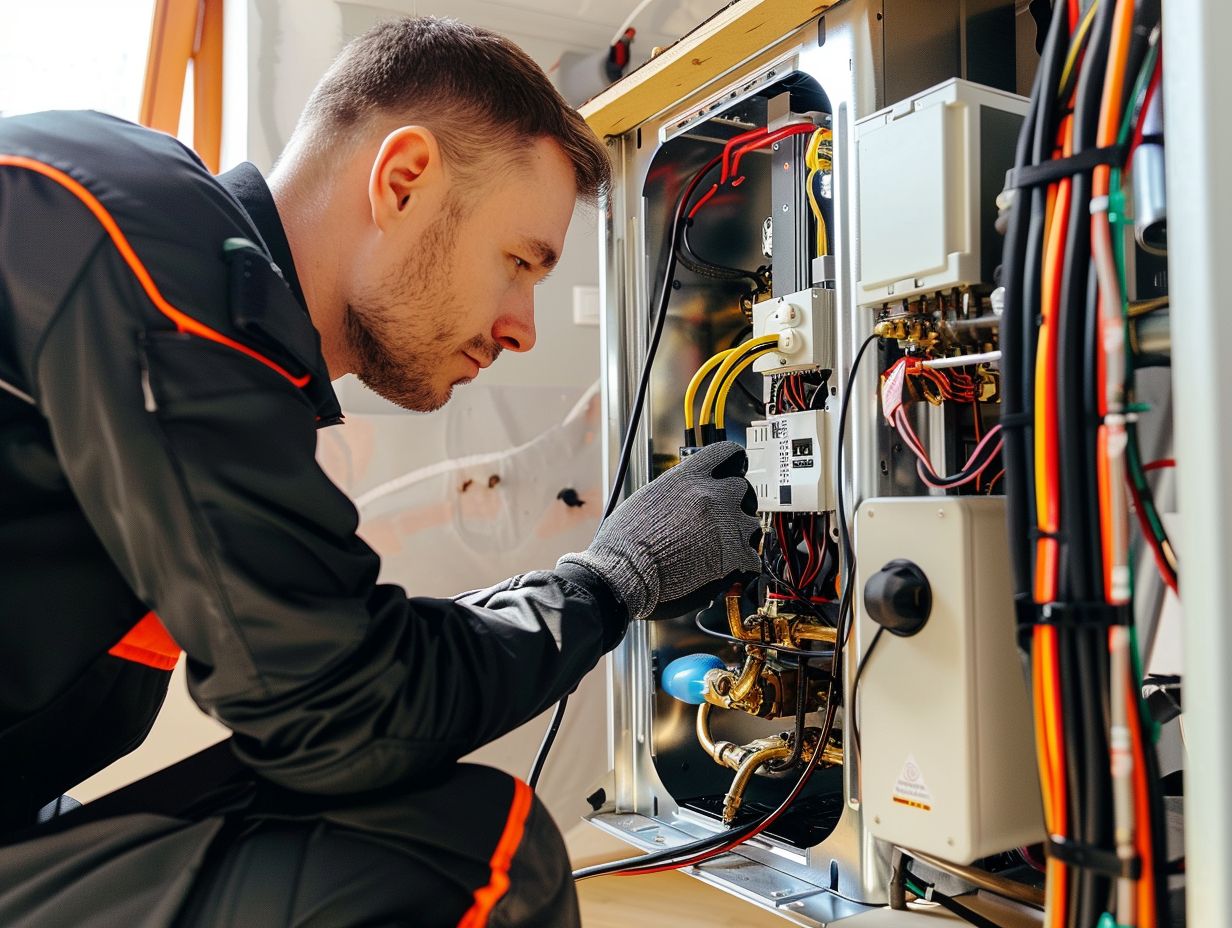
When considering electric heating systems, factors such as the location of the property and its specific building requirements can significantly impact installation costs. Properties with unique layouts or specific heating needs, such as those necessitating infrared heating or electric towel rails, may result in higher installation expenses.
It is crucial to understand the building requirements to tailor a heating solution effectively. Various factors, including the size of the property, insulation levels, and the type of existing heating systems, all contribute to determining installation costs.
For example, older buildings may require additional adjustments for electric heating installations, while newer constructions often have infrastructure better suited for such upgrades. Additionally, the availability of power sources and the distance from the main grid can influence the complexity and cost of the installation process.
Being aware of these nuances is essential to ensure an efficient and cost-effective heating solution for different building settings.
Additional Features and Upgrades
Incorporating additional features and upgrades into your electric heating system can increase the overall installation costs.
Upgrades like heat exchangers, which improve efficiency, or smart thermostats for enhanced control and automation, may require specialised installation techniques. It is important to carefully consider these additional features in order to strike a balance between comfort and cost-effectiveness.
Heat exchangers are essential components in transferring heat efficiently, which in turn reduces energy consumption and promotes a more sustainable heating system. By integrating this feature, users can expect better heating performance and decreased utility bills over time.
On the other hand, smart thermostats offer convenience by enabling users to control their heating settings remotely, adjust temperatures based on their schedules, and monitor energy usage. These advanced technologies not only enhance comfort but also lead to overall energy savings and a positive environmental impact.
Average Costs for Electric Heating Installation
When considering electric heating installation, the average costs can vary depending on several factors specific to your property.
The size of the property, the type of system chosen, and the complexity of the installation process will all impact the overall expenses. Additionally, the selection of an electric boiler and room thermostats can influence the total cost of installation.
Electric boilers are essential components of electric heating systems, and their costs can significantly affect the overall expense of the installation. Similarly, room thermostats, which control the temperature in specific areas, will also contribute to the final cost.
Other factors to consider include the need for rewiring, upgrading electrical panels, and installing new circuits, all of which may increase the total price. The choice of systems, such as radiant heating or electric baseboards, will introduce further variation in costs as each system has distinct requirements for installation and maintenance.
Breakdown of Expenses
Understanding the breakdown of expenses related to electric heating installation is essential for budgeting effectively.
When calculating the costs associated with electric heating, you must consider various factors. These may include electricity usage, storage solutions, and additional components like immersion heaters.
Electricity costs are a significant factor to consider when determining the expenses of electric heating. The amount of electricity required to power the heating system directly influences the monthly operational costs.
Additionally, the choice of storage options is critical in calculating the overall investment. Different storage solutions, such as electric radiators or underfloor heating, come with varying price tags.
While immersion heaters are optional, they can offer supplementary heat while contributing to the initial installation expenses.
Considering all these factors is crucial for planning a comprehensive cost analysis for electric heating installation.
Ways to Save on Electric Heating Installation
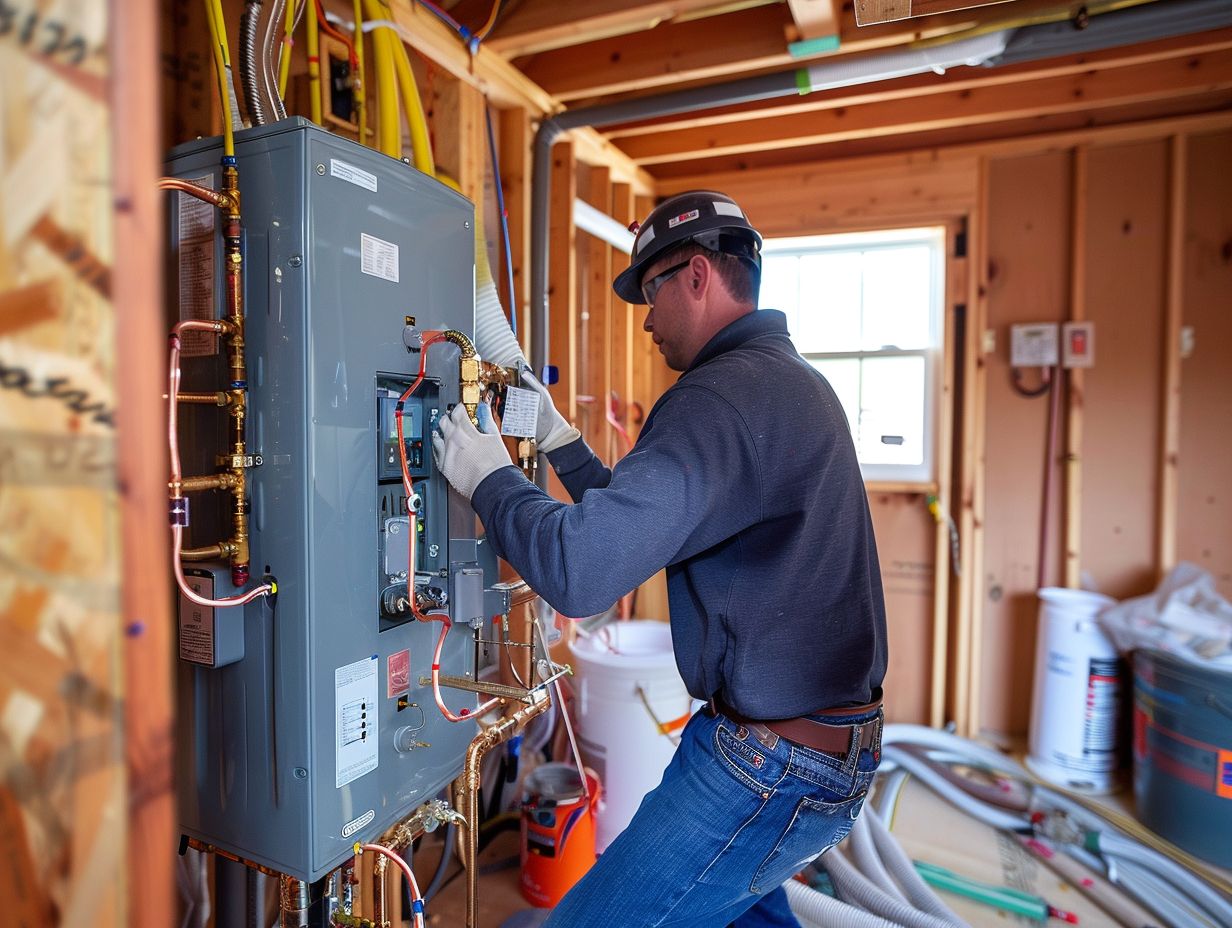
When looking to save on electric heating installation costs, you can explore various strategies and tips. As a property owner, consider implementing energy-efficient practices, utilising smart heating controls, and optimising system configurations to reduce expenses while maximising heating efficiency.
To enhance energy efficiency and minimise heat loss, it is important to choose high-quality insulation materials. Additionally, incorporating programmable thermostats can lead to significant cost savings by allowing precise temperature control based on occupancy patterns.
Regular maintenance of the heating system is another effective cost-saving measure. Ensuring that filters are clean and all components are functioning optimally can prevent energy wastage. By adopting these strategies and incorporating smart control options, you can establish a more sustainable and cost-effective approach to electric heating installation.
Cost-Saving Tips and Strategies
Implementing cost-saving tips and strategies for electric heating can have a significant impact on your overall expenses. Strategies such as optimising boiler efficiency, improving heat distribution, and adopting energy-efficient practices can lead to long-term savings and improved heating performance.
An effective way to enhance the efficiency of your electric heating systems is by installing programmable thermostats. These thermostats allow you to control the temperature based on your schedule, thus avoiding unnecessary heating when you’re not at home.
Ensuring proper insulation in your home can prevent heat loss and reduce the workload on your heating system, ultimately leading to a reduction in energy consumption. Additionally, regular maintenance of your heating system, including cleaning and replacing filters, can help maintain optimal performance and efficiency.
Comparing Electric Heating to Other Heating Options
When comparing electric heating to other options like gas and oil-fired systems, factors such as heating controls, room thermostats, and overall costs play a crucial role.
Understanding the comparative advantages and drawbacks of each heating option can help property owners like yourself make informed decisions based on your specific needs and preferences.
Electric heating systems offer precise control over individual rooms, providing greater flexibility in managing temperatures throughout your property. In contrast, gas and oil-fired systems typically have centralised heating controls that may not offer the same level of room-by-room customisation.
Electric heating systems can be paired with advanced programmable thermostats that allow for automated temperature adjustments based on schedules, optimising energy efficiency. Whilst electric heating may have lower installation costs compared to gas or oil, operational expenses can be higher due to electricity tariffs.
Cost Comparison with Gas and Oil Heating
When evaluating the cost comparison between electric heating and traditional options like gas and oil-fired systems, you must consider several factors to determine the most cost-effective heating solution for your property.
Factors such as energy efficiency, installation costs, and long-term maintenance expenses should be carefully analysed.
Electric heating systems are often praised for their high energy efficiency, as electric furnaces typically convert almost all electricity into heat. While the initial installation costs for electric heating systems may be higher than those for gas or oil-fired systems, they generally require less maintenance in the long run.
Traditional heating systems, on the other hand, often require regular servicing and cleaning. This detailed cost analysis is crucial for property owners to make well-informed decisions when choosing the most suitable heating system for their specific needs.
Frequently Asked Questions
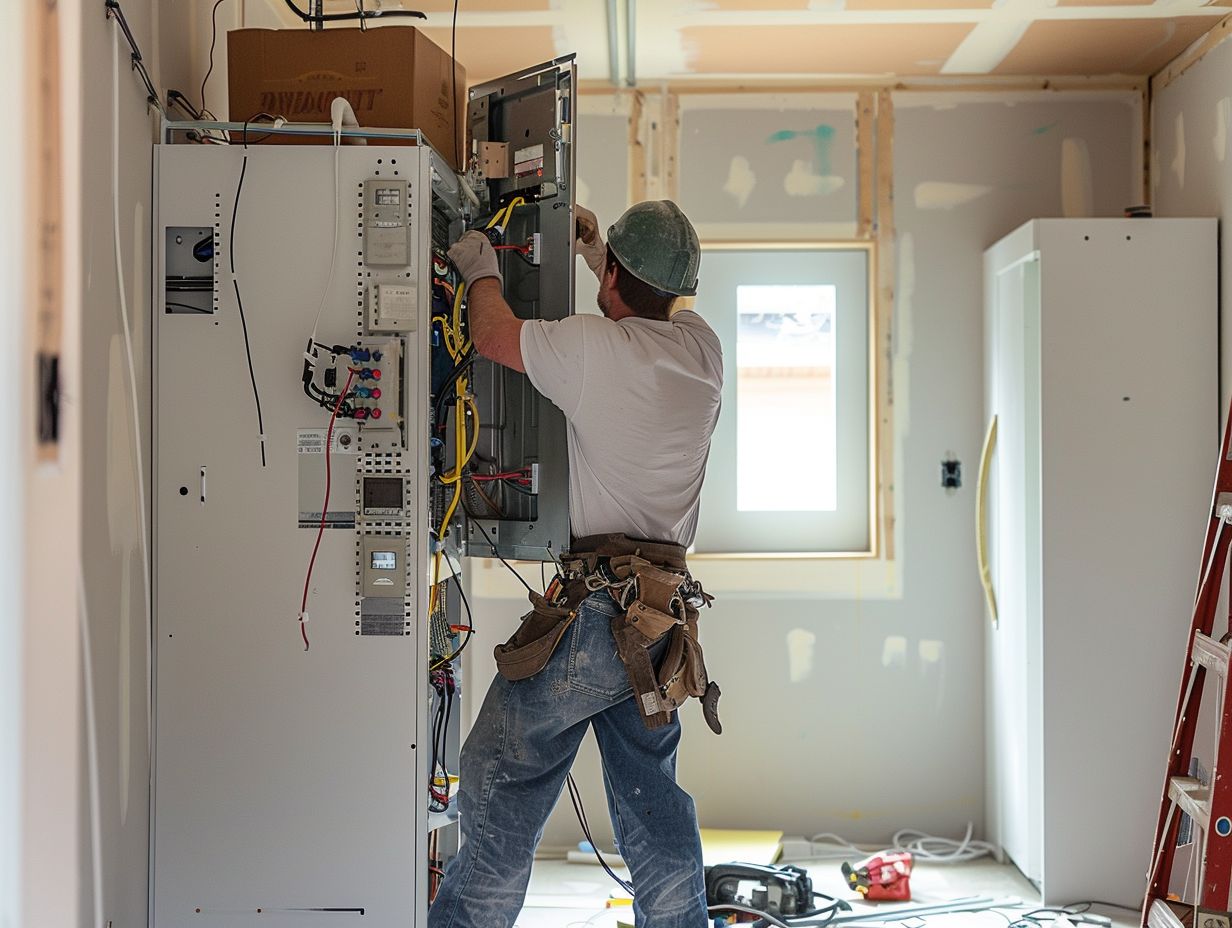
What Are the Installation Costs of Electric Heating?
The installation costs of electric heating can vary depending on several factors such as the type of system, the size of the space, and the complexity of the installation. On average, homeowners can expect to pay between $2,000 and $5,000 for a complete electric heating installation.
What factors can impact the installation costs of electric heating?
The installation costs of electric heating can be affected by several factors such as the type of system chosen, the size of the space, the accessibility of the installation area, and any additional features or upgrades desired.
What are the different types of electric heating systems?
There are several types of electric heating systems including baseboard heaters, electric furnaces, heat pumps, and radiant heating. Each type has its own advantages and installation costs, so it’s important to research and compare before making a decision.
Are there any additional costs involved in an electric heating installation?
In addition to the cost of the system itself, there may be additional costs such as electrical work, permits, and labour fees. It’s important to get a detailed quote from a qualified installer to get an accurate understanding of the total installation costs.
Can I install electric heating myself to save money?
It is always recommended to hire a professional electrician or HVAC technician for the installation of electric heating systems. These systems require specialised knowledge and experience to ensure they are installed safely and efficiently. Attempting to install them yourself can lead to costly mistakes and potential safety hazards.
Are there any tax credits or rebates available for electric heating installations?
Some states and utilities offer tax credits or rebates for homeowners who choose to install energy-efficient electric heating systems. It’s worth researching to see if you may be eligible for any incentives that can help offset the cost of installation.

